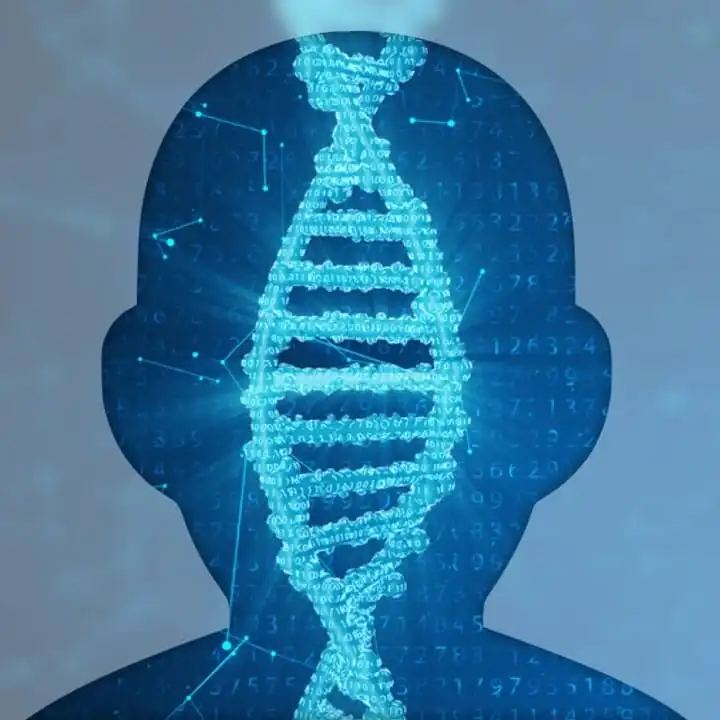What is Microcephalic Osteodysplastic Primordial Dwarfism 2 (MOPD2)?
Microcephalic Osteodysplastic Primordial Dwarfism 2 is a rare genetic syndrome. Dwarfism, an exceptionally short stature, skeletal abnormalities, and a small head characterize the syndrome. These symptoms begin before birth.
This syndrome is also known as:
Microcephalic osteodysplastic primordial dwarfism type II; MOPD II; Osteodysplastic Primordial Dwarfism, Type II
What gene changes cause Microcephalic Osteodysplastic Primordial Dwarfism 2 (MOPD2)?
Changes in the PCNT gene are responsible for causing the syndrome.
The syndrome is inherited in an autosomal recessive pattern.
What are the main symptoms of Microcephalic Osteodysplastic Primordial Dwarfism 2 (MOPD2)?
The main symptoms of the syndrome are dwarfism, a very short stature, and a very small head. This delayed and restricted growth can usually be identified before birth. This also leads to the development of a smaller brain size although this does not affect intellectual development.
Skeletal abnormalities associated with the syndrome include scoliosis (curving of the spine), hip dysplasia (affecting the joints in the hip), shorter wrist bones, and thinking of the bones found in the arms and legs.
Unique facial features of the syndrome include a prominent nose, full cheeks, a long midface, a small jaw, small teeth, and farsightedness. Some individuals also develop lighter or darker skin coloring.
Blood vessel abnormalities are common with the syndrome. This can include a bulge in one of the blood vessels found at the center of the brain. Known as aneurysms these can be dangerous if they burst and cause bleeding within the brain. Some individuals are affected by Moyamoya disease where the arteries found at the base of the brain are narrower than they should be, this in turn can restrict blood flow. While treatable these symptoms can increase the risk of stroke in affected individuals.
Possible clinical traits/features:
Upslanted palpebral fissure, Sparse scalp hair, Radial bowing, Ulnar bowing, Slender long bone, Tracheal stenosis, Scoliosis, Tibial bowing, Reduced number of teeth, Moyamoya phenomenon, Pseudoepiphyses of the metacarpals, Truncal obesity, Recurrent respiratory infections, Type II diabetes mellitus, Proximal femoral epiphysiolysis, Thin clavicles, Microcephaly, Disproportionate short stature, Intrauterine growth retardation, Intellectual disability, Abnormality of female external genitalia, Straight clavicles, Sloping forehead, Long clavicles, Low-set, posteriorly rotated ears, Micromelia, Microdontia, Micrognathia, Microtia, Narrow pelvis bone, Narrow chest, Limited elbow extension, Joint hypermobility, Laryngomalacia, Ivory epiphyses, Full cheeks, Short distal phalanx of finger, Hypermetropia, Prominent nasal bridge, High pitched voice, Cognitive impairment, Global developmental delay, Postnatal growth retardation, Hypoplastic iliac wing, Underdeveloped nasal alae, Hypoplastic scapulae, Short middle phalanx.
How is it diagnosed?
To find out if someone has a diagnosis of Microcephalic Osteodysplastic Primordial Dwarfism 2 (MOPD2), it is important to have a consultation and evaluation with a clinical genetic specialist. Specialists may also suggest specific genetic testing or other types of tests to help reach a diagnosis. FDNA’s AI technology can help speed up the diagnostic process by analyzing facial features and other health information.
